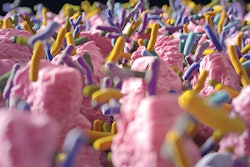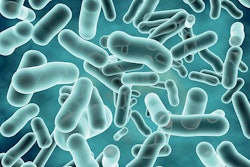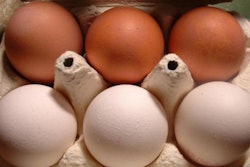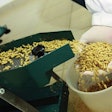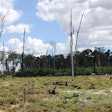
Linseed may be a source of novel additives given enough research is conducted to verify preliminary results.
In times past, hospitals preferred linen bedsheets and bandages due to their well-recognized antibacterial properties. Folklore medicine in Europe (where linseed production flourished) called for a poultice of linseed to be applied to open wounds. Hippocrates of Kos, the father of modern medicine, advocated strongly the use of linseed for external ailments.
Then, antibiotics and antimicrobials emerged, and things got simpler. But not anymore – at least in the animal industry, where we are required to raise animals with very limited usage of antibiotics and antimicrobials. So, we have to go back to our roots.
Linseed (flaxseed in the Americas) is cultivated mainly in Belgium, Eastern Europe, the Dakotas, Minnesota, and Canada – a major producer. Cold, wet and damp conditions favor the production of linseed. Varieties exist that favor the production of fibers or seeds, but this is a different story. Here, we need only to consider the scant yet real evidence of linseed’s antimicrobial properties. Two examples will suffice to raise the interest of university researchers and additive companies.
One study indicated that components in linseed oil were able to alleviate the symptoms of bovine mastitis. It is not an easy oil to work with, as it oxidizes rapidly, but clearly one with more benefits than troubles.
In another study, components found in the husk of linseed were found to be effective against certain bacteria including the pathogenic Escherichia coli. Husks are not to be used indiscriminately in young animal diets – those prone to suffer from Escherichia coli infections – but the message is clear enough: We need to go back to linseed, once the only oil meal in the U.S. before the advent of soybeans, and look into its functional properties.
The evidence is preliminary and anecdotal, but it is there, and it is backed by knowledge appreciated in old books. There are no guarantees in research, but in my opinion, this is a much promising field that could yield interesting compounds for the near future.


